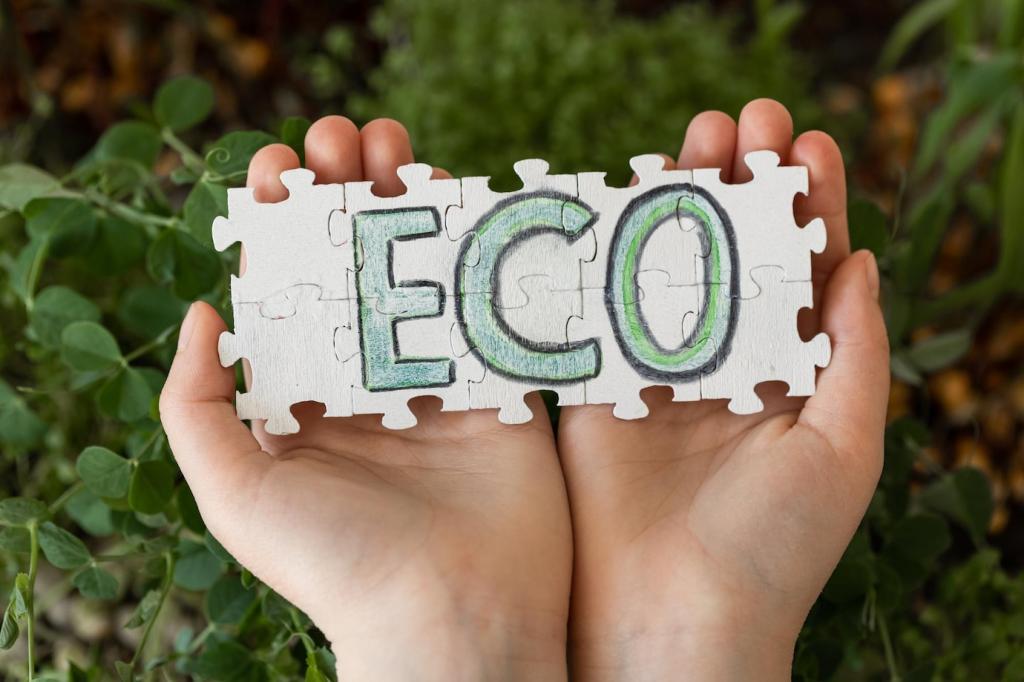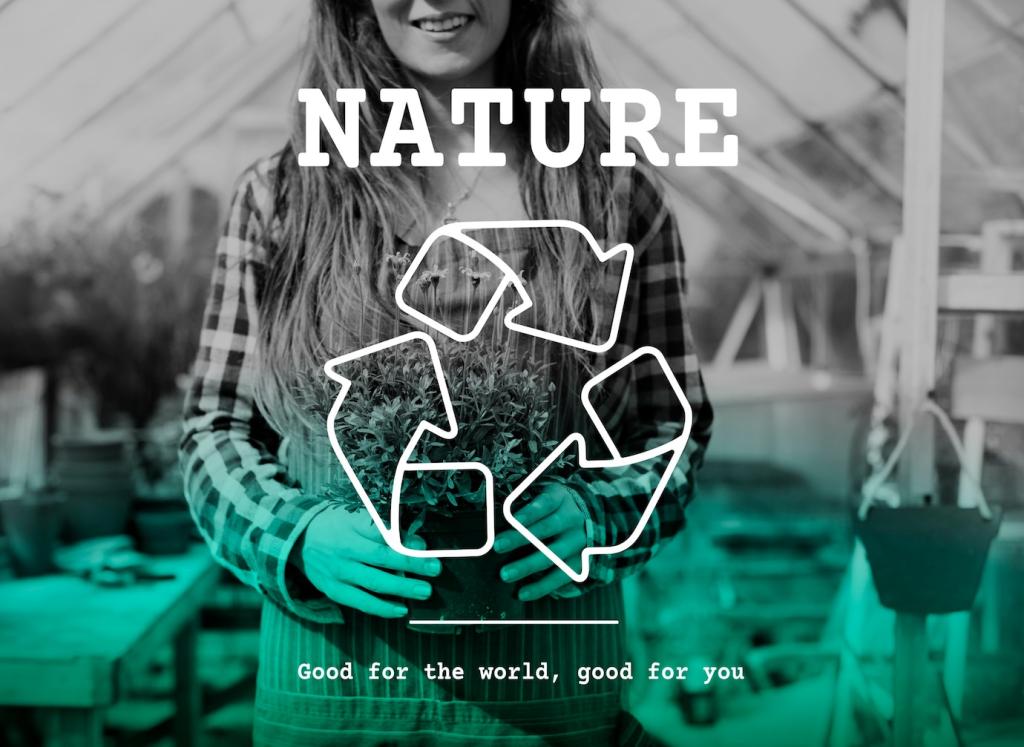Foundations of Eco-Conscious Restoration
Start with a gentle inspection under natural light, noting structural issues, finishes, odors, and previous repairs. Photograph details and test surfaces with the lightest possible touch. Often, a careful clean and a minor stabilization outperform intrusive fixes. Share your observations with our community—your careful eye may save materials, money, and history while keeping unnecessary chemicals off your workbench.
Foundations of Eco-Conscious Restoration
Retain original parts whenever safe and feasible. Tighten joints, reweave loose threads, or re-seat hardware before considering replacements. When parts are missing, seek reclaimed or period-appropriate salvage rather than buying new. This reduces resource extraction and maintains historical coherence. Tell us about your best saved component—your story could inspire another restorer to repair instead of replace.



